How to Choose the Perfect Bathtub: Top 7 Materials

The bathtub is the centerpiece of any bathroom, setting the tone for the entire space and playing a key role in daily comfort. With so many options available today, it’s easy to feel overwhelmed. To help you navigate the choices, we’ve outlined the top materials used in bathtub manufacturing and explained their pros and cons.
Acrylic: Affordable and Practical
Acrylic bathtubs are among the most popular due to their affordability and wide range of shapes and sizes. They are lightweight, warm to the touch, and relatively durable. However, they require gentle care—harsh chemicals or excessive heat can damage the surface.
A major advantage of acrylic is that it’s easy to clean and maintain. Minor scratches can be buffed out, and the material retains heat well, keeping your bathwater warm longer. This makes it an ideal option for everyday use.
Still, acrylic can be prone to warping under heavy impact or extreme temperatures. Choosing reinforced models and avoiding abrasive cleaners can help extend its lifespan.
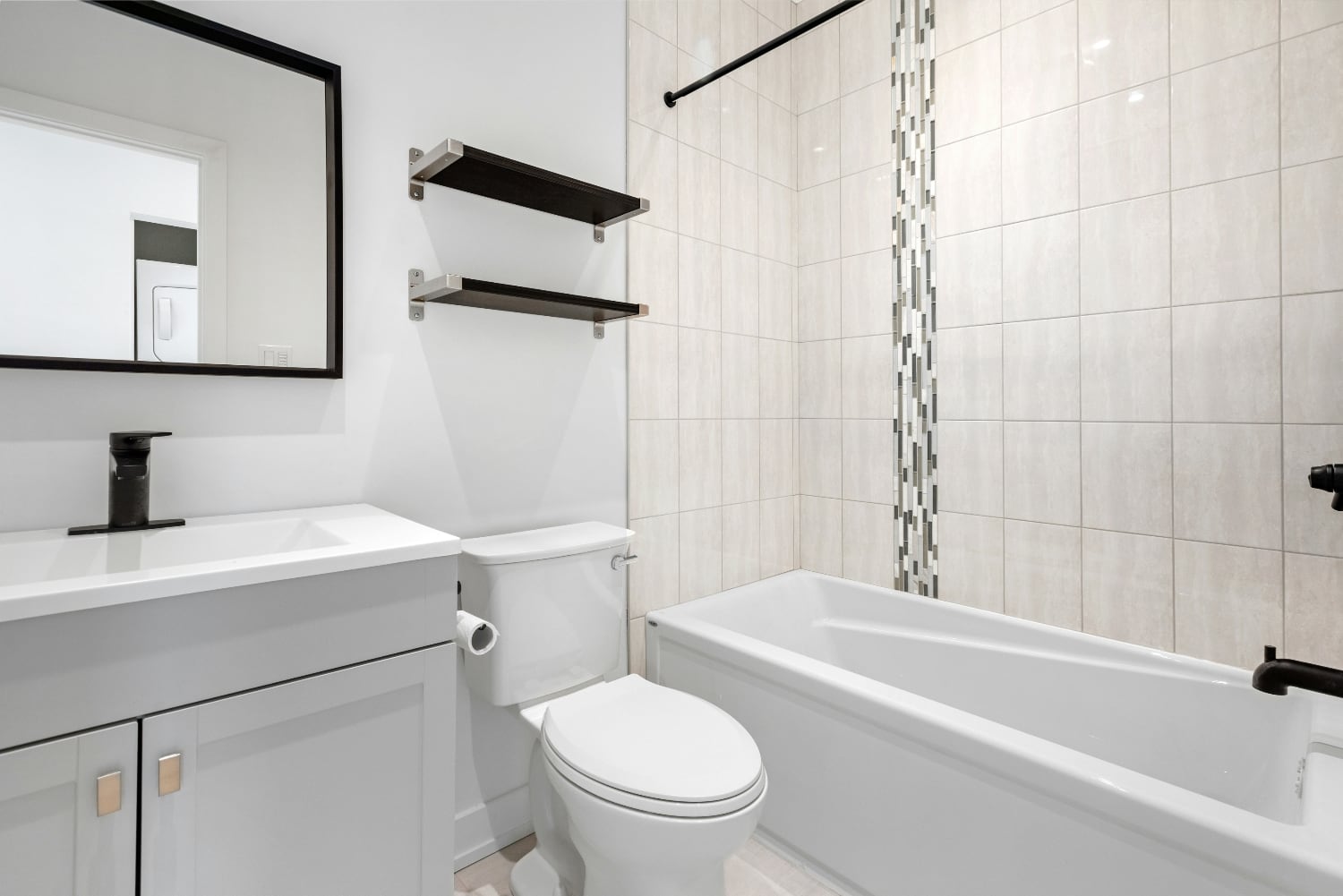
Cast Iron: Classic and Long-Lasting
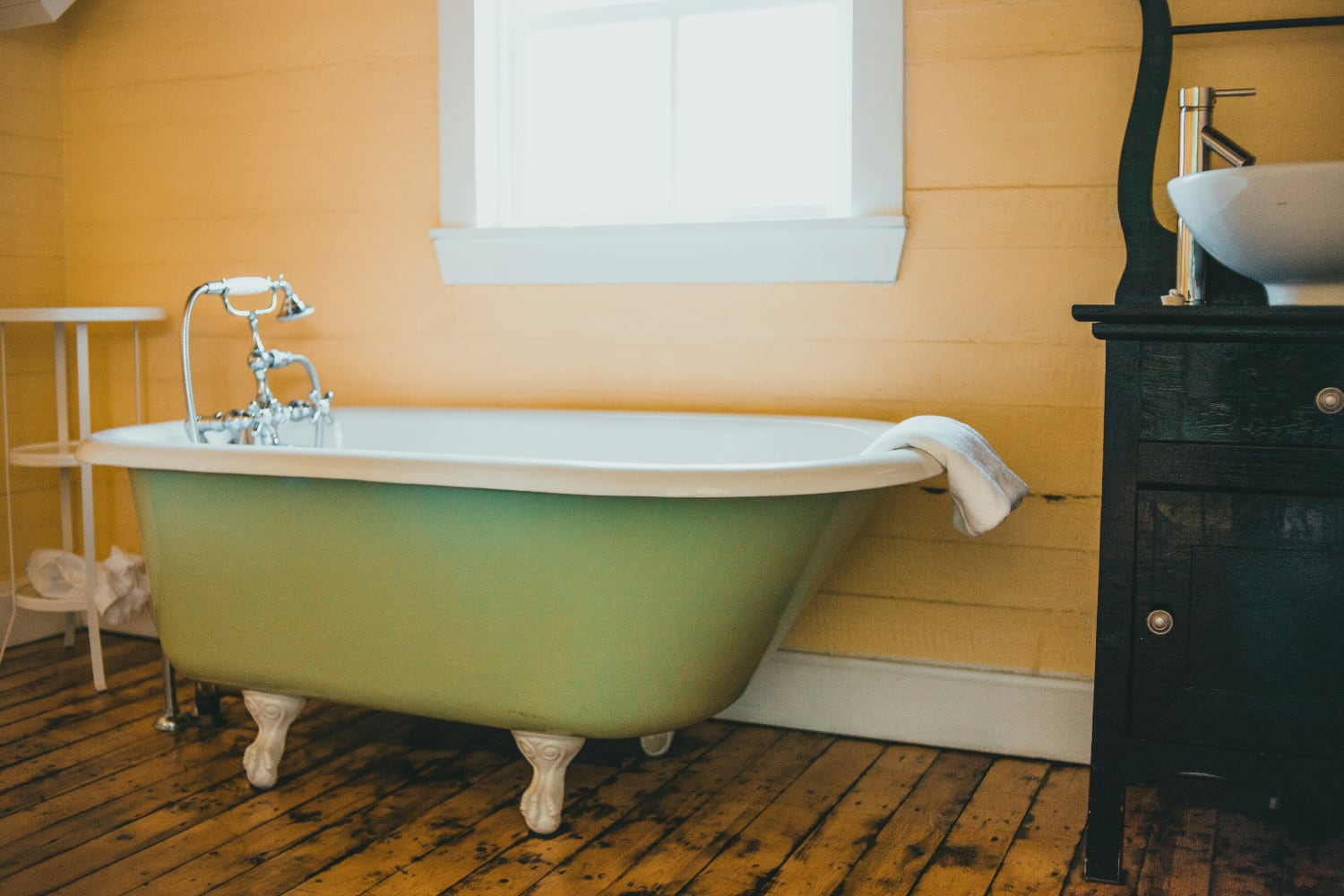
Cast iron tubs are the gold standard when it comes to durability. These tubs retain heat exceptionally well and are resistant to dents and scratches. Coated with enamel, they’re also easy to clean and have a timeless appeal.
Thanks to their weight and solid structure, cast iron tubs feel premium and stable. Their thick walls help maintain water temperature, allowing for longer, more enjoyable soaks.
The downside? They’re extremely heavy, which complicates transport and installation. Additionally, the price and limited design flexibility may not suit every homeowner.
Quaril: Modern Innovation and Strength
Quaril is a composite material made from acrylic and quartz sand, combining the best features of both. These tubs are durable, resistant to scratches, and offer a sleek, elegant look that fits well in modern bathrooms.
They retain heat just as well as acrylic but are heavier and more rigid, providing better stability. Quaril tubs are a great middle ground between style and function.
However, they come at a higher cost and can still deform under very high temperatures. It’s best to avoid using boiling water and to stick with gentle cleaning products.
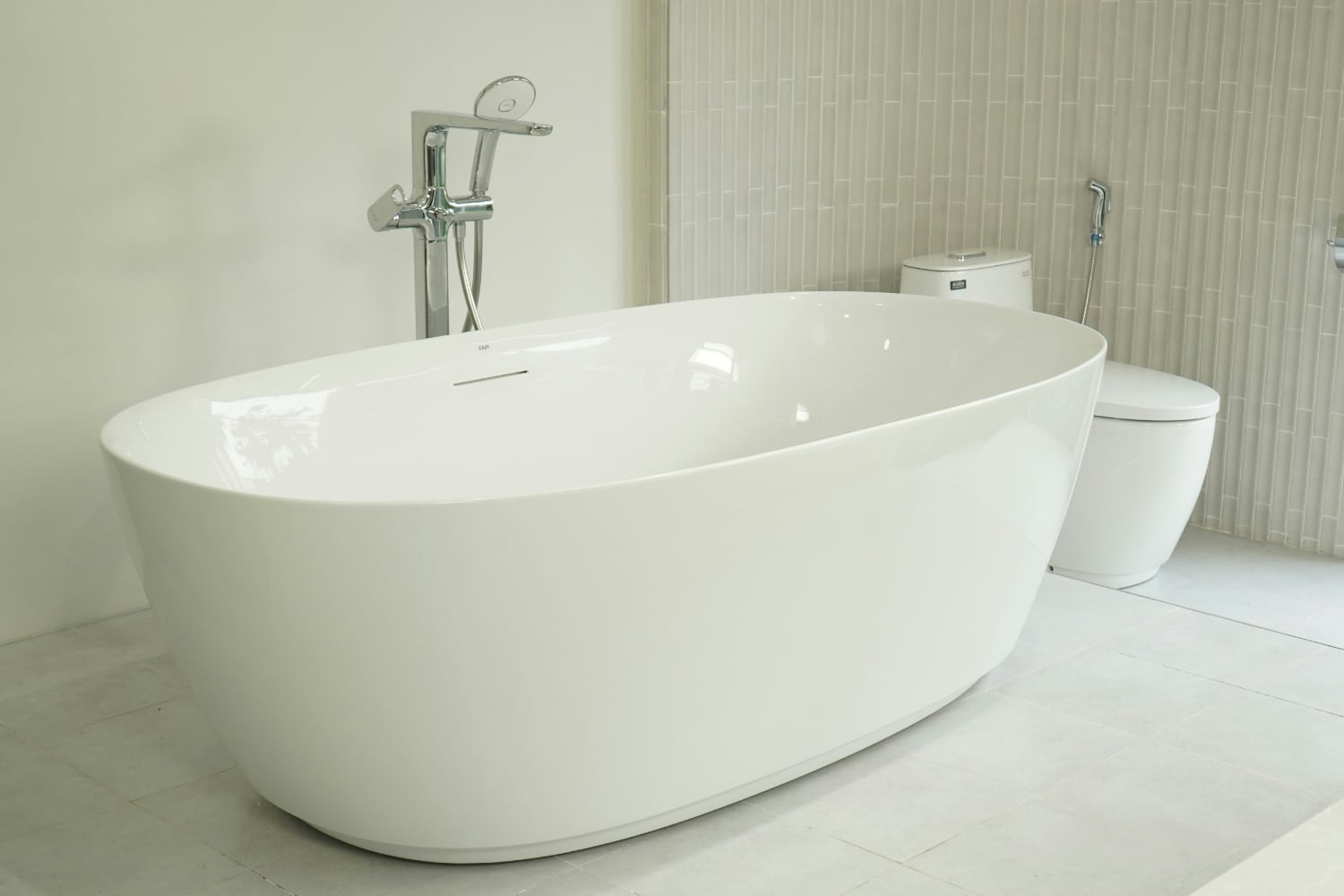
Natural Stone: Luxury and Exclusivity

Bathtubs made from marble or granite create an upscale and luxurious atmosphere. Every stone tub is unique, with natural patterns that add elegance and charm to any bathroom.
They retain heat longer than most materials and are eco-friendly and safe for people with sensitivities. These tubs work especially well in spacious, open-plan bathrooms.
However, stone tubs are heavy and require special installation. Their porous surface can absorb stains if not sealed properly, and maintenance can be more involved than with synthetic materials.
Steel: Sleek and Affordable
Steel tubs are practical and stylish, making them a great fit for minimalist or modern interiors. They’re lightweight, easy to install, and usually more affordable than stone or cast iron options.
These tubs are coated with enamel for durability and a smooth finish, making them easy to clean and resistant to rust. However, they don’t hold heat well, and water can cool quickly.
Steel bathtubs can also be noisy when filling with water, so soundproofing is often recommended. Fixing them securely is important to prevent movement or vibrations.
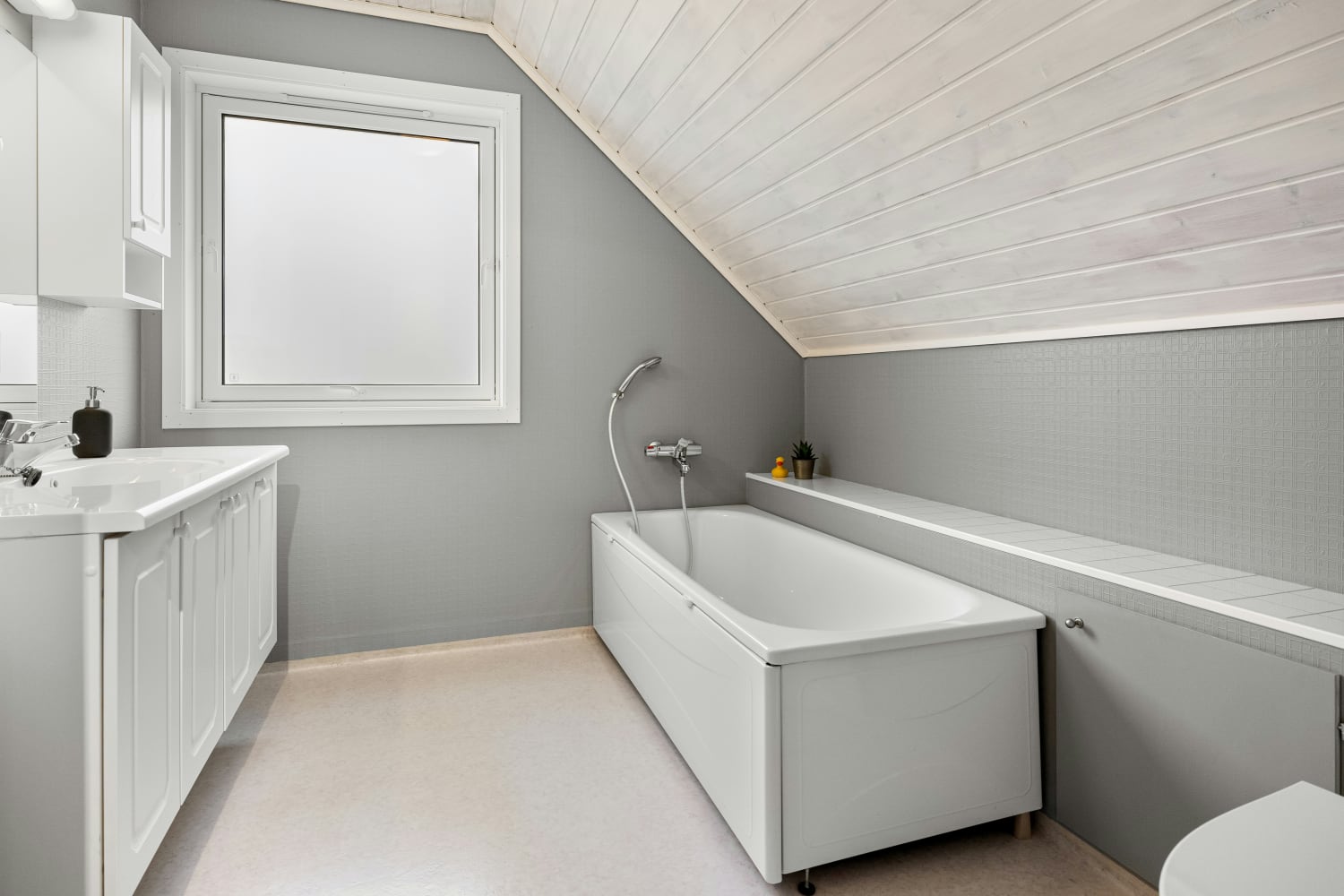
Wood: Natural Warmth and Eco Style
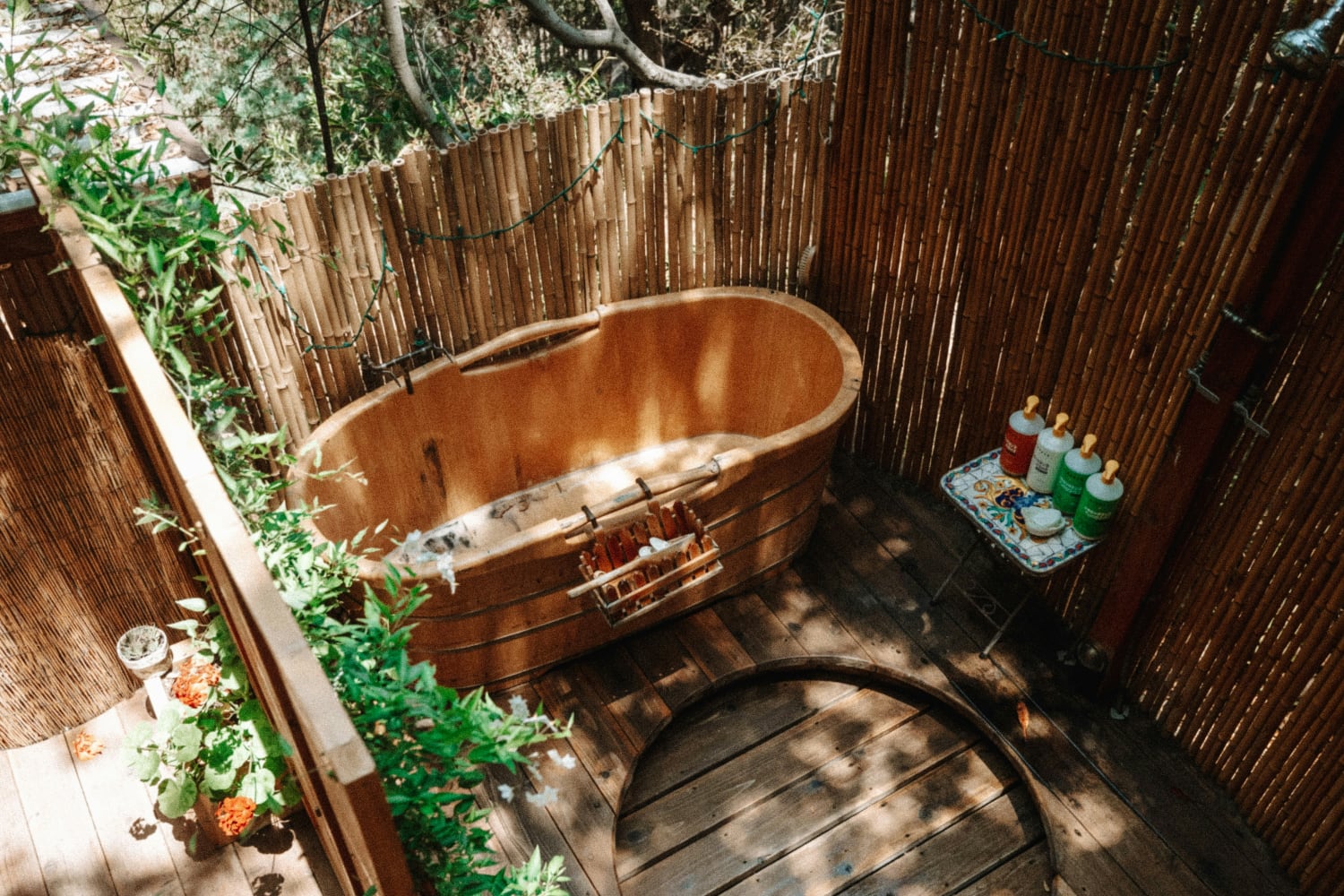
Wooden bathtubs bring a touch of nature into the home and create a cozy, spa-like atmosphere. Often crafted from teak, cedar, or hinoki wood, these tubs are naturally resistant to moisture when treated properly.
They’re beautiful statement pieces and can last for years with proper care. Regular oiling and sealing keep the wood protected and looking its best.
Still, wooden tubs require consistent maintenance and are among the more expensive options. Their organic look and feel appeal to those seeking something unique and luxurious.
Glass & Metal: Bold Design Statements
Glass and metal tubs—especially those made from copper or brass—make bold visual statements. Glass can give the illusion of space and fits well in contemporary settings, while metal tubs offer vintage or industrial charm.
Tempered glass is used to ensure strength and durability, but care is still required to prevent damage. Copper and brass tubs are often handmade, making them even more special.
These tubs tend to be expensive and require routine cleaning to maintain their shine. Metal tubs may also patina over time, which adds character but may not be for everyone.
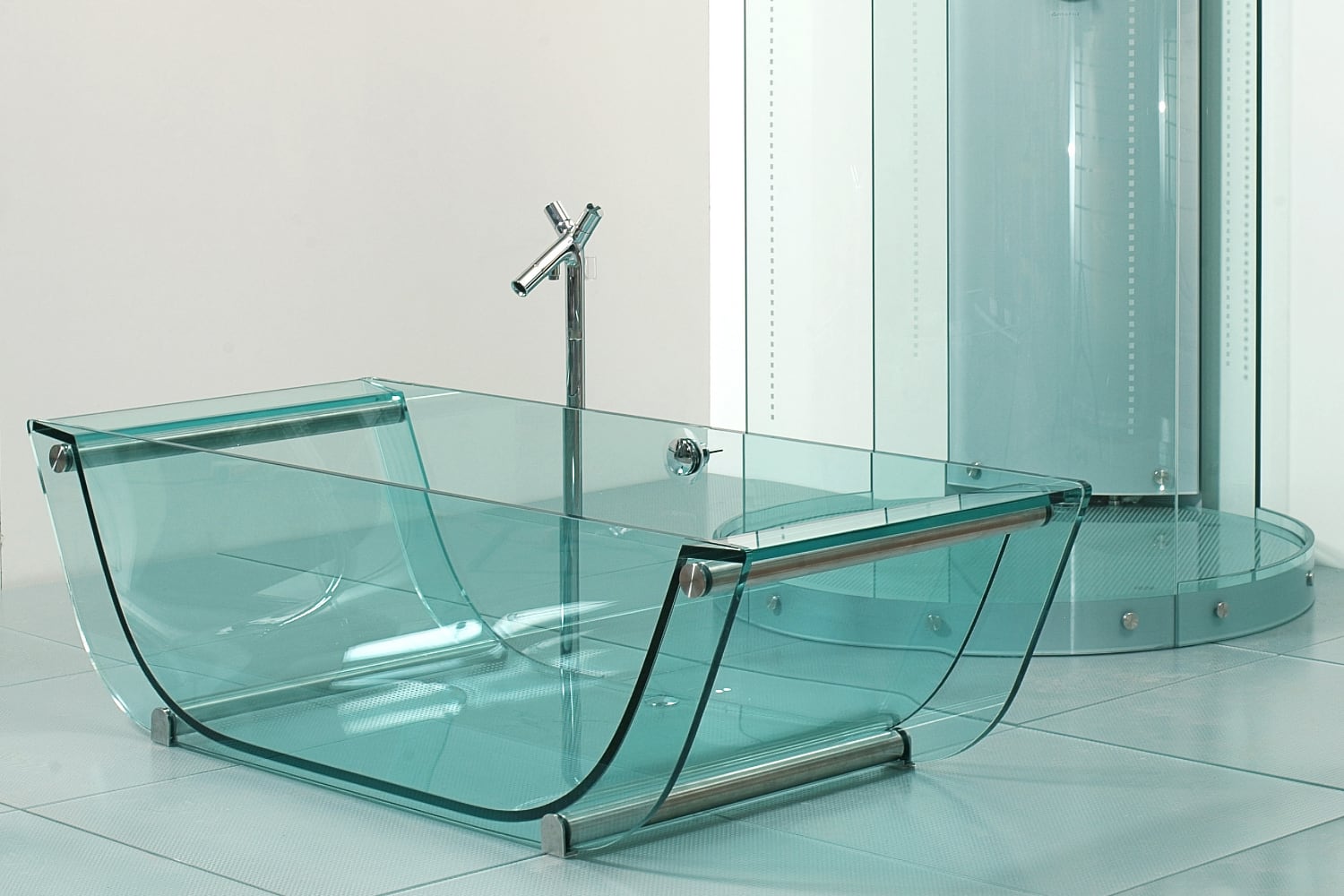
No matter what type of bathtub you currently own—acrylic, cast iron, or natural stone—restoration is often a smarter and more cost-effective choice than full replacement.
At CityTub, we specialize in professional bathtub refinishing services that restore the original beauty and durability of your tub—no matter the material.
Looking for a transformation without the mess of remodeling?
Learn more about our restoration services and see how we can bring new life to your bathroom.
Choosing the right bathtub depends on your lifestyle, design preferences, budget, and available space. Consider how often you’ll use it, how much maintenance you’re willing to commit to, and what materials will best match your interior design.
A well-chosen tub isn’t just a bathroom fixture—it’s a daily source of relaxation, comfort, and personal style.

A bathtub refinishing expert with over 10 years of experience and founder of CityTub Inc., specializing in eco-friendly pour-on reglazing methods. Shares hands-on knowledge, techniques, and insights to help achieve professional, long-lasting results.
